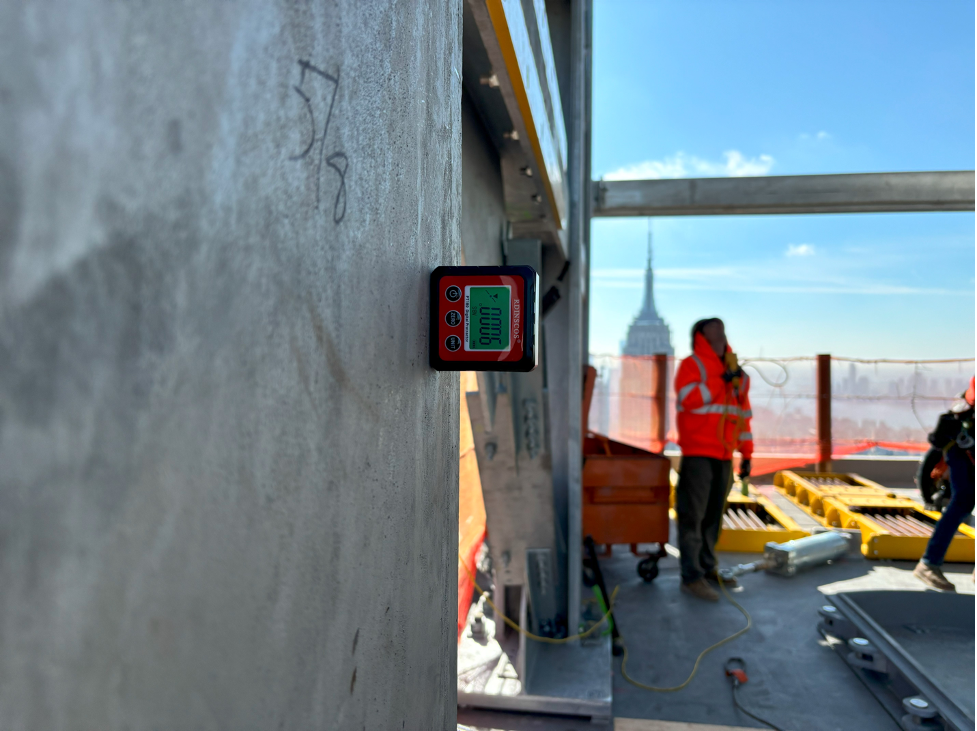Project Overview
The skyline of Midtown Manhattan, renowned for its towering edifices, saw a significant advancement with the installation and commissioning of a million-pound tuned mass damper. This mechanical marvel was meticulously designed and installed to match the as-built frequency of the skyscraper, ensuring its stability and resilience against dynamic forces such as wind and seismic activities. The mass damper consists of a massive weight, made of steel, suspended and allowed to move in response to building oscillations. The movement of the damper is finely tuned to the building’s natural frequency, effectively reducing resonance and sway.
The Purpose of a Tuned Mass Damper
A tuned mass damper (TMD) is a device mounted in structures to reduce the amplitude of mechanical vibrations and sway. Its primary function in a skyscraper is to absorb and counteract the movements caused by external forces like wind and earthquakes. By doing so, it enhances the comfort and safety of the building’s occupants and minimizes structural stress.
Design Considerations
The design process involved a detailed analysis of the skyscraper’s dynamic properties. Engineers conducted simulations and structural assessments to determine the exact frequency at which the damper should operate. This ensured optimal performance and a seamless integration into the building’s framework.
Installation Process
The installation of the TMD was a complex process requiring precision and coordination. Due to its immense weight, special cranes and lifting equipment were employed to transport, position, and install the damper at its designated location on top of the skyscraper.
Commissioning and Testing
Once installed, the TMD underwent a rigorous commissioning process. This involved a series of tests to verify its performance and ensure it matched the building’s as-built frequency. Sensors and monitoring systems were employed to assess the damper’s response to simulated conditions, such as wind loads and minor seismic activities. Based on the test results, engineers made any necessary adjustments to fine-tune the damper’s operation. This step was essential to guarantee maximum efficiency and effectiveness in mitigating building sway.
Continuous Monitoring
Even after commissioning, the TMD is subject to ongoing monitoring. This ensures it continues to function as intended and provides valuable data for future maintenance and potential upgrades. The successful installation and commissioning of the 1-million-pound TMD significantly enhanced the skyscraper’s performance. It has reduced the amplitude of oscillations, improved occupant comfort, and increased the overall safety and longevity of the structure.
Occupant Comfort
By mitigating building sway, the TMD contributes to a more stable and comfortable environment for the building’s occupants and elevators performance. This is particularly beneficial in high-rise structures where movement can be more pronounced and disruptive.






